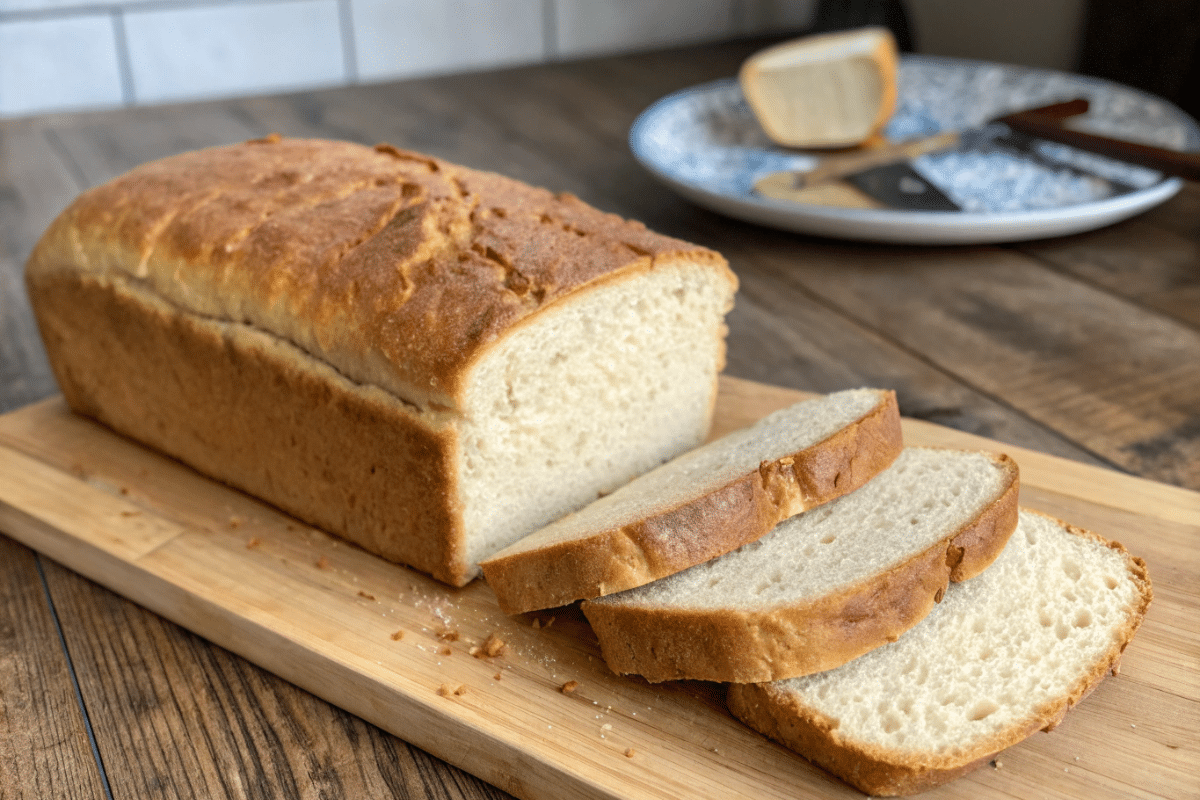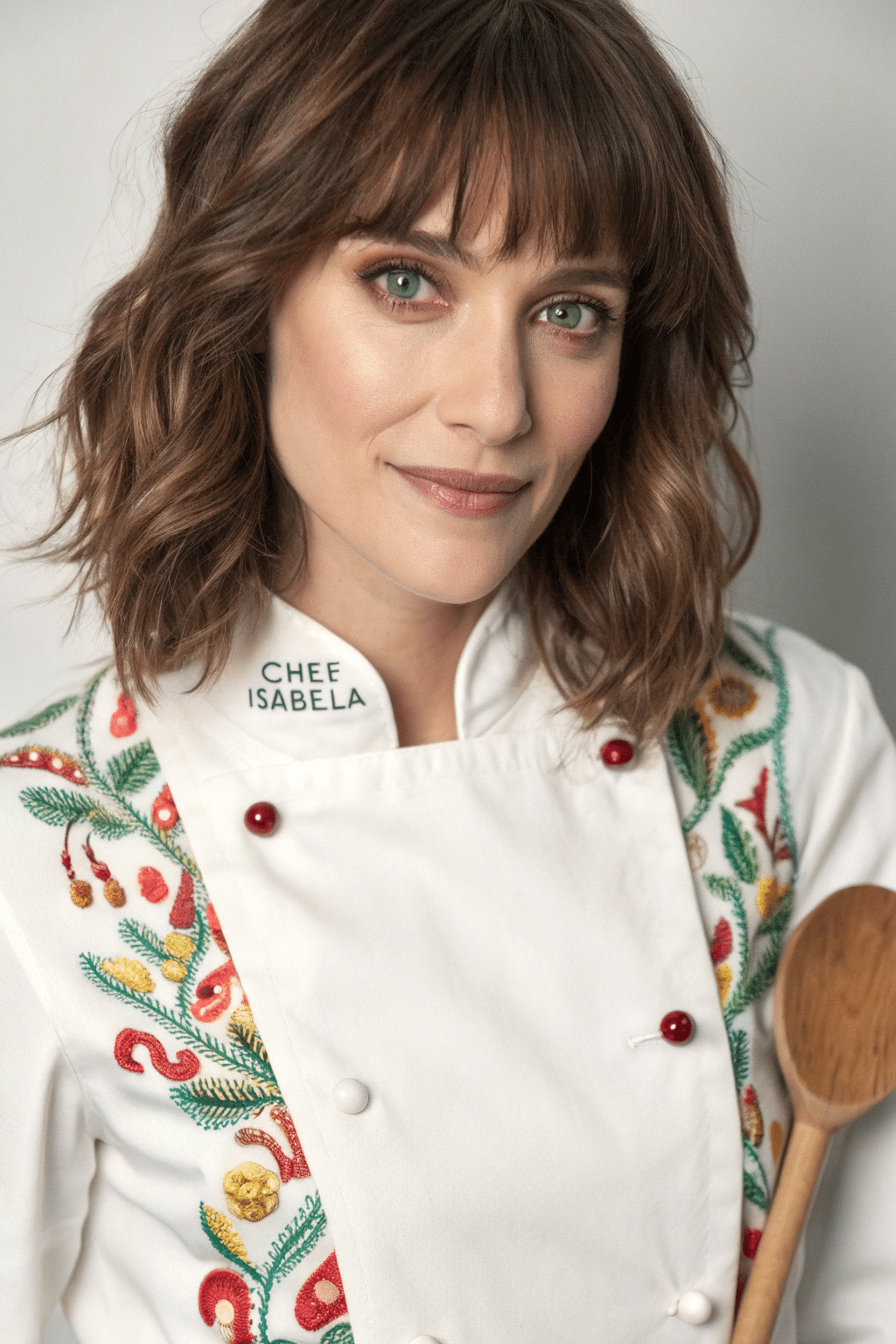Gluten free bread has been more than just a recipe experiment for me. It’s been a journey of passion, discovery, and connection. Hi, I’m Olivia Brown Isabella, and cooking has always been at the heart of my life. I still remember standing on a stool as a kid, barely tall enough to see the countertop, eager to mix, knead, and create something new for my family and friends. That childlike wonder never left me.
As I grew older, my curiosity turned into a calling. I spent countless hours in the kitchen, exploring cuisines from around the world: the delicate techniques of French pastry, the rich and vibrant spices of Thai dishes, the slow, comforting art of stews and breads. But one recipe that remained a constant challenge, and later, a triumph, was gluten free bread.
This wasn’t just about creating a loaf. It was about bringing joy and comfort to those who couldn’t eat regular bread, whether because of celiac disease, gluten intolerance, or simply a desire to feel better and live healthier. Over time, I learned that gluten free bread isn’t just a substitute. It can be a star on its own, with a fluffy texture, delicious taste, and wholesome ingredients that nourish both the body and the soul.
In this guide, I’ll share everything I’ve learned about gluten free bread: from the best ingredients to foolproof baking methods, how to pick great store bought options, and the secrets behind making it soft, golden, and full of flavor. I’ll also tackle the biggest questions about gluten free diets and offer solutions for common baking mishaps.
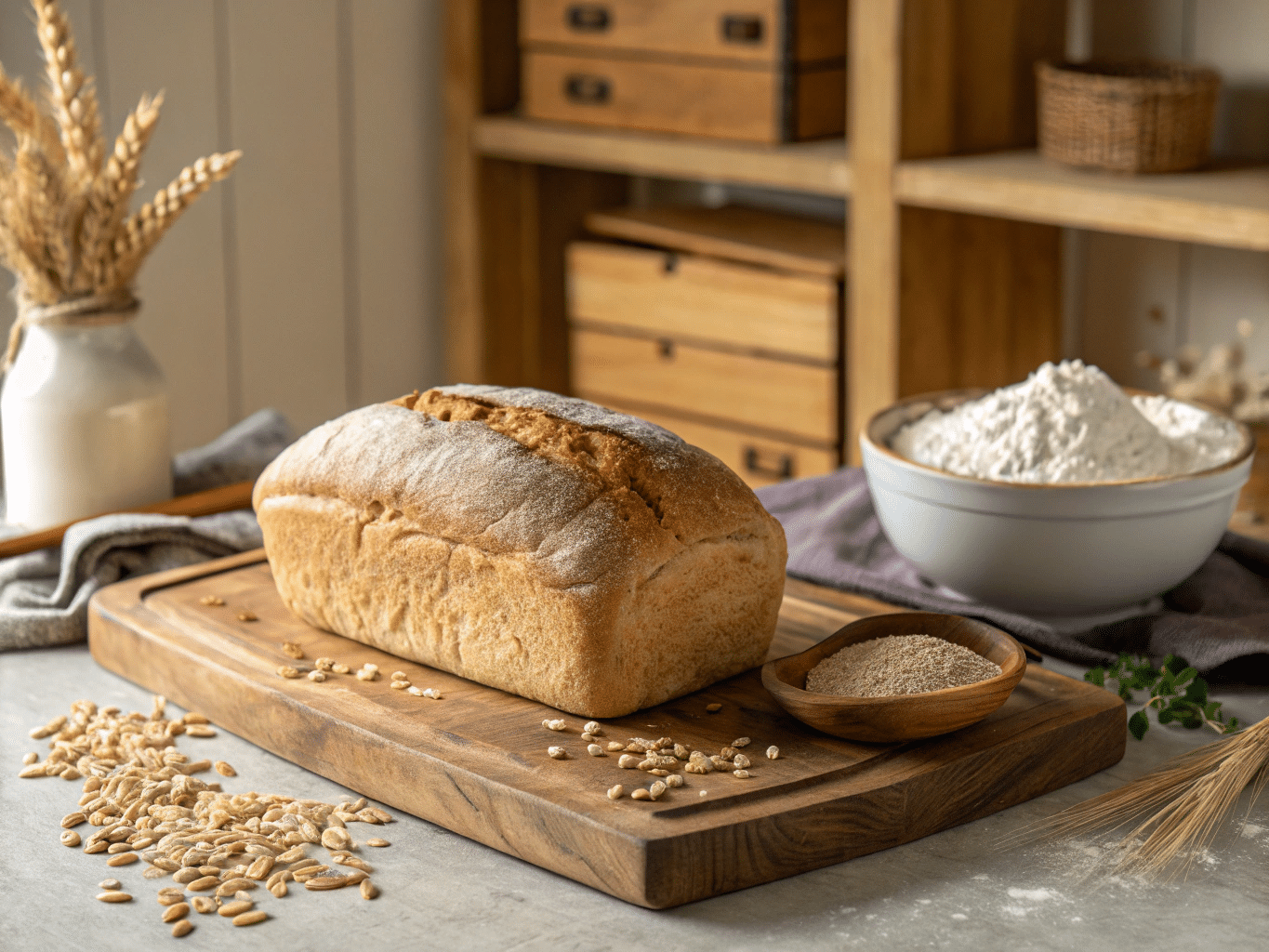
Table of Contents
Table of Contents
Understanding Gluten Free Bread
What is Gluten Free Bread?
This type of bread is made without the wheat, barley, or rye proteins that give traditional loaves their stretch and chew. Instead, it relies on alternative flours like rice, sorghum, or almond, along with starches such as tapioca or potato, to create structure and softness. To mimic the elasticity typically provided by gluten, bakers often incorporate binding agents like xanthan gum or psyllium husk.
It’s an essential option for individuals with celiac disease, an autoimmune reaction to gluten, or those with gluten sensitivity. More recently, even people without gluten-related health issues have started choosing these breads for their digestibility and distinctive flavor profiles.
Why It’s Gaining Popularity
Over the last ten years, interest in gluten-free living has grown rapidly. While experts still debate the benefits for people without medical necessity, many individuals report feeling less bloated and more energized after reducing gluten. At the same time, advancements in baking methods have led to loaves that are far better than the dense, crumbly versions once common.
Modern recipes, like the one I’ll be sharing later in this article, use well-balanced flour combinations and precise techniques to create results that closely match traditional bread in taste, texture, and versatility.
Types of Gluten Free Bread
Store-Bought Options: Finding the Right Loaf
You don’t always need to bake bread at home to enjoy delicious results. Over the years, the variety of ready-made loaves without gluten has grown, making it easier than ever to find something that works for sandwiches, toast, or just enjoying with butter.
Popular brands include:
| Brand | Highlights | Best Uses |
|---|---|---|
| Canyon Bakehouse | Soft, fluffy, whole-grain blends | Everyday sandwiches |
| Udi’s | Slightly sweet, widely available | Toast, grilled cheese |
| Schär | Light European-style texture | Paninis, breakfast |
| Little Northern Bakehouse | Plant-based, hearty slices | Hearty sandwiches |
Most packaged options use rice flour or starches like potato and tapioca to achieve softness and bounce. Still, some brands add extra sugar or fillers so check labels if you prefer simpler ingredients.
Homemade Breads Without Gluten
There’s something special about baking bread at home. You control the ingredients, adjust flavors, and avoid unnecessary additives. Here are a few popular types you can try:
- Sandwich Loaf: Soft crumb, great for everyday lunches.
- Rustic Artisan Style: Chewy crust and hearty texture, perfect with stews.
- Quick Bread: Made without yeast using baking powder, ready in under an hour.
- Flatbread or Focaccia: Fluffy and versatile, ideal for appetizers or sharing plates.
Later in this guide, I’ll share my go-to recipe with a blend of gluten free flour, warm water, and just the right touch of sweetness to keep it moist and tasty.
Gluten Free Bread Ingredients and Substitutions
Key Ingredients for Great Results
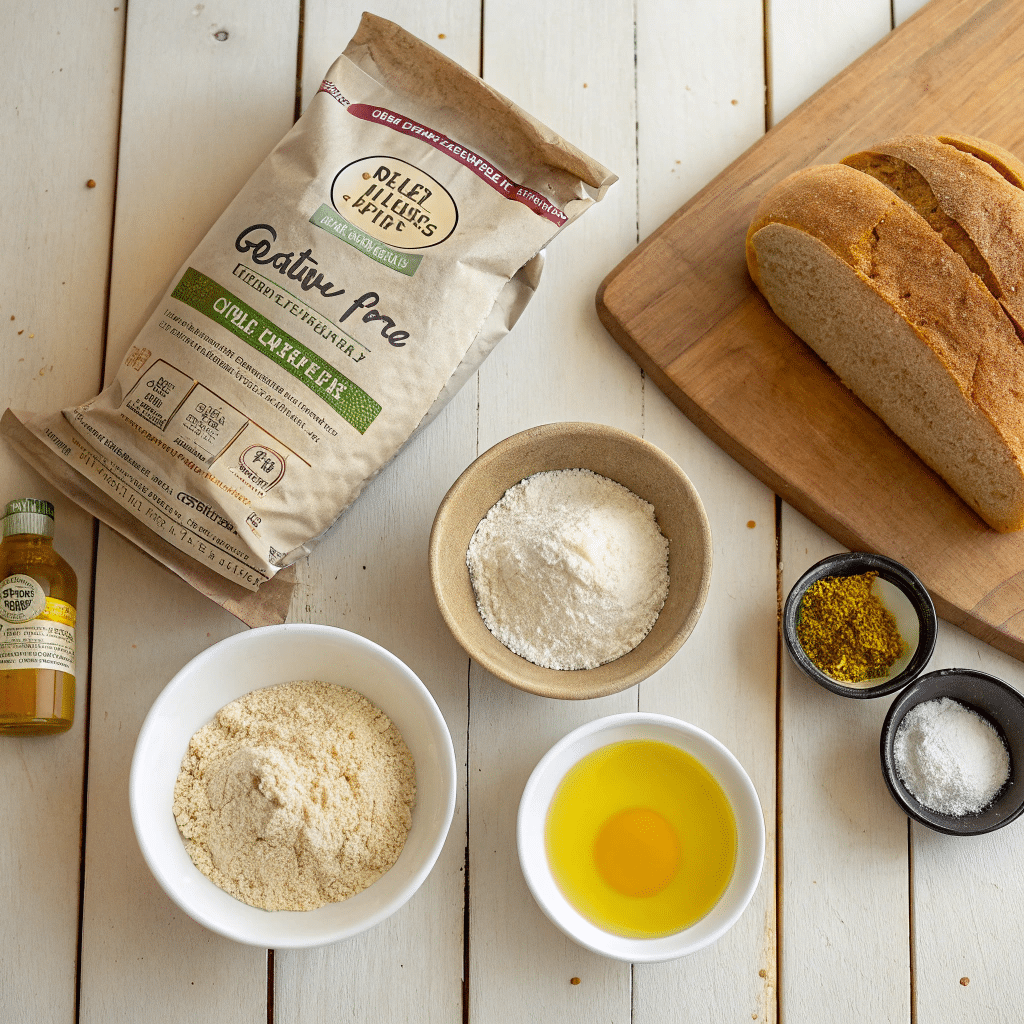
Baking bread without traditional wheat flour isn’t just a simple swap it requires the right combination of flours, binding agents, and moisture to create a soft, fluffy loaf. Let’s break down the essentials:
- Gluten Free Flour Blend: The foundation of any good recipe. High-quality blends often combine rice flour, sorghum flour, and starches such as tapioca or potato. I personally recommend using a trusted brand like Pillsbury’s gluten free flour. Keep in mind, not all blends work well with yeast some, like King Arthur Measure for Measure or Bob’s Red Mill 1-to-1, advise against using them in yeast-based recipes.
- Xanthan Gum: This acts as a binding agent, helping the dough hold its shape and preventing it from crumbling. Some flour blends include xanthan gum already if yours does, you can skip adding extra.
- Instant Yeast: Rapid-rise yeast is perfect for gluten free baking because it works quickly and doesn’t need to be proofed first. Just remember to mix it with dry ingredients and use warm water (about 100–110°F) so it activates properly.
- Egg Whites: They contribute airiness and assist the loaf in rising. Using room-temperature eggs is crucial, as yeast thrives in a warm environment.
- Olive Oil & Honey: These not only add moisture but also contribute subtle sweetness and flavor depth, making each bite more satisfying.
If you’re sensitive to eggs, you can experiment with aquafaba (chickpea water) as a substitute for egg whites. Likewise, agave nectar or maple syrup works well in place of honey.
Understanding Binding Agents
One of the biggest challenges in baking without gluten is achieving elasticity. That’s where binding agents like xanthan gum or guar gum come in they mimic gluten’s stretchy quality and help trap the air bubbles yeast produces, leading to a fluffy crumb.
For recipes using multiple gluten free flours, I often recommend using 1 teaspoon of xanthan gum per 2 ½ cups of flour blend (unless your blend already contains it). Too much can make the bread gummy, while too little can lead to crumbly results.
Some bakers also experiment with psyllium husk powder, which adds moisture and helps improve structure. Just be careful: psyllium needs more water, and your dough may look stickier at first.
Baking the Perfect Gluten Free Bread
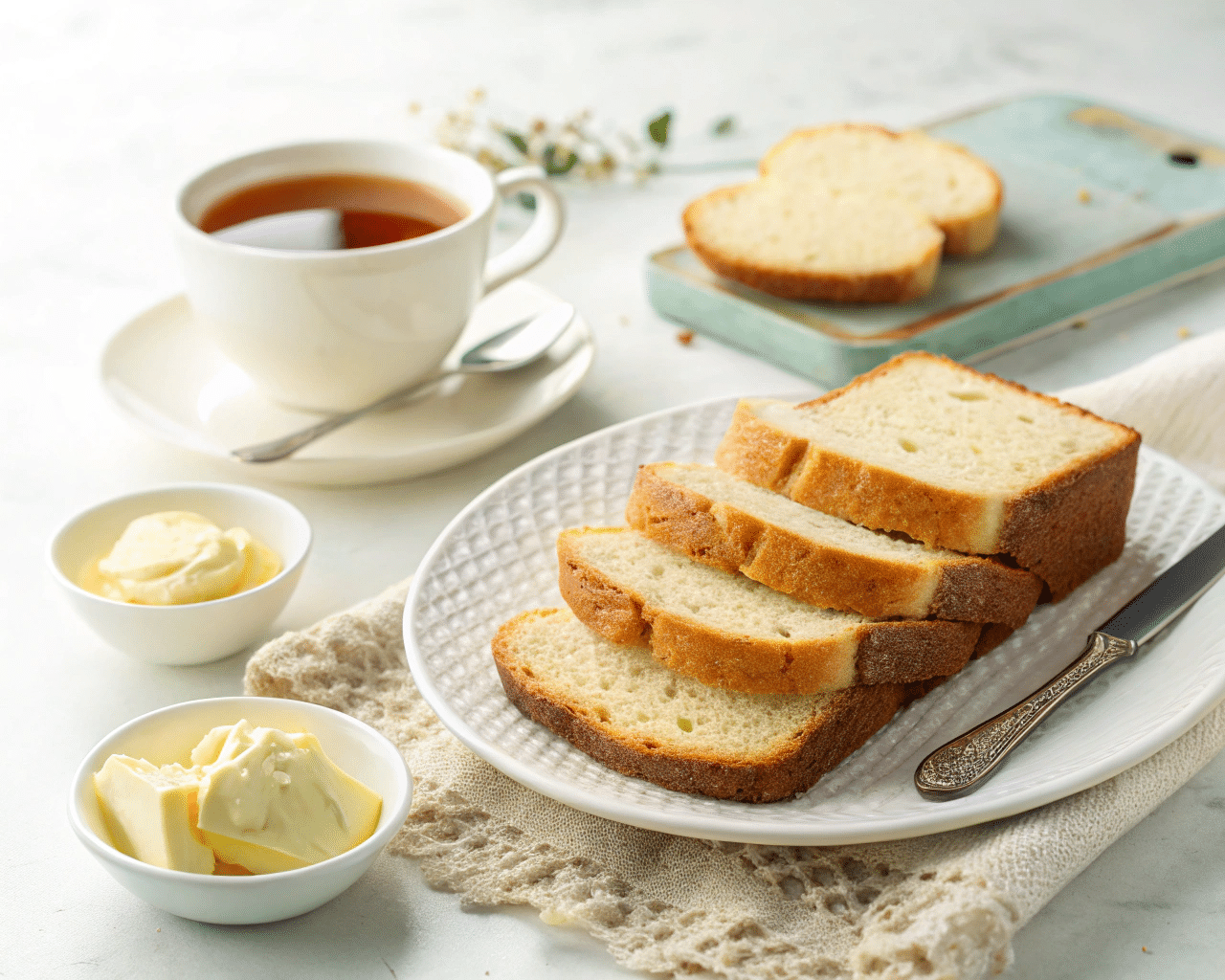
Essential Tools and Techniques
When it comes to creating the best loaf possible, having the right tools makes all the difference. Here’s what I recommend:
- Mixing Bowl and Paddle Attachment: Unlike wheat-based dough, which benefits from kneading, dough without gluten is more like thick cake batter. Using a stand mixer with the paddle attachment (not a dough hook) ensures the ingredients combine smoothly without overworking the batter.
- Small Pullman Loaf Pan: A 9-inch x 4-inch Pullman pan helps shape the bread evenly, creating tall slices that are perfect for sandwiches. Unlike wider bread pans, this one supports the softer dough, preventing it from spreading too much during baking.
- Plastic Wrap & Towel: After pouring the batter into the pan, cover it with lightly greased plastic wrap and a towel. This step traps warmth and moisture, helping the loaf rise steadily before baking.
- Oven Thermometer: Bread without gluten is sensitive to temperature changes. Using an oven thermometer ensures you’re baking at exactly 350°F, avoiding undercooked centers or overly dry crusts.
Tip: Always allow your loaf to cool on a wire rack after baking. If left in the pan, trapped steam can cause the bottom to become soggy.
Avoiding Common Mistakes
Even seasoned bakers sometimes struggle with recipes for gluten free bread. Here are a few pitfalls to watch out for and how to fix them:
- Dense, Gummy Texture: This often happens if the flour blend doesn’t contain enough starch or if too much xanthan gum is added. Use blends designed specifically for yeast breads and follow recipes closely on gum measurements.
- Collapsed Loaf: Letting the dough over-proof (rise too long) can cause it to rise fast and fall in the oven. Always stick to the recommended rise time, usually about 30 minutes in a warm environment.
- Dry or Crumbly Bread: Gluten free loaves can lose moisture quickly. Using ingredients like olive oil and honey helps lock in moisture, while storing bread in an airtight container once cooled preserves its softness longer.
Gluten Free Bread Recipe: Step by Step
Ingredients Breakdown
Here’s everything you need to create a soft, golden loaf that tastes just as comforting as traditional bread without using wheat:
- 2 ½ cups all-purpose gluten free flour (I recommend Pillsbury; other blends like Bob’s Red Mill 1-to-1 or King Arthur Measure for Measure aren’t ideal for yeast-based recipes)
- 1 teaspoon xanthan gum (skip if your flour blend already contains it)
- 1 teaspoon gluten free baking powder
- 1 packet rapid-rise yeast (2 ¼ teaspoons)
- ¼ cup extra virgin olive oil
- ¼ cup honey (or swap with agave nectar or maple syrup)
- 1 teaspoon apple cider vinegar
- 1 ½ cups warm water (about 100–110°F)
- 3 large egg whites (room temperature)
- 1 teaspoon salt
Tip: Using room-temperature eggs and warm water is crucial cold ingredients slow down yeast activity and can lead to dense results.
Instructions and Storage Tips
Storage Tips:
Allow the loaf to cool completely before slicing to maintain its structure. Keep it in an airtight container at room temperature, or for longer storage, wrap it securely in plastic wrap followed by foil and freeze for up to three months.
1. Prepare the Pan and Oven
Grease a 9×4-inch Pullman loaf pan with nonstick cooking spray. Position your oven rack in the center and preheat the oven to 350°F.
2. Mix Dry Ingredients
In a large mixing bowl, combine the gluten-free flour blend, baking powder, xanthan gum (if your flour doesn’t already include it), and instant yeast. Stir until evenly combined.
3. Add Wet Ingredients
Pour in the olive oil, honey, apple cider vinegar, and warm water. Using a stand mixer fitted with the paddle attachment, mix on low speed for about 1 minute until everything is well incorporated.
4. Add Egg Whites and Salt
Next, add the egg whites and salt. Mix on medium speed for another minute. The dough will be loose and resemble thick cake batter rather than a firm bread dough.
5. Transfer to Pan and Let Rise
Pour the batter into your greased loaf pan. Lightly spray a piece of plastic wrap with cooking spray and cover the pan. Place a clean towel over it and let the dough rise in a warm area for around 30 minutes.
6. Bake the Bread
Take off the plastic and towel, then bake on the middle oven rack for 30 minutes. The loaf should be golden brown, and a thermometer inserted in the center should read between 205°F and 210°F.
7. Cool Completely Before Slicing
Once baked, let the bread sit in the pan for 10 minutes. Then carefully move it to a wire rack to cool fully. This prevents steam from collecting at the bottom and making it soggy.
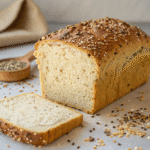
Gluten Free Bread
- Total Time: 45 minutes
- Yield: 1 loaf 1x
- Diet: Gluten Free
Description
This soft, golden gluten free bread is designed for those who want the comfort of traditional bread without the wheat. With the right tools and ingredients, you’ll get a moist, sliceable loaf perfect for sandwiches or toasting no gluten required.
Ingredients
-
2 ½ cups all-purpose gluten free flour (recommended: Pillsbury)
-
1 tsp xanthan gum (omit if your flour blend already includes it)
-
1 tsp gluten free baking powder
-
1 packet rapid-rise yeast (2 ¼ tsp)
-
¼ cup extra virgin olive oil
-
¼ cup honey (or substitute agave nectar or maple syrup)
-
1 tsp apple cider vinegar
-
1 ½ cups warm water (100–110°F)
-
3 large egg whites, room temperature
-
1 tsp salt
Instructions
-
Prepare Pan & Oven: Grease a 9×4-inch Pullman loaf pan. Move oven rack to center and preheat to 350°F.
-
Mix Dry Ingredients: In a mixing bowl, combine flour, baking powder, xanthan gum (if using), and yeast. Stir well.
-
Add Wet Ingredients: Add olive oil, honey, vinegar, and warm water. Mix on low with paddle attachment for 1 minute.
-
Add Egg Whites & Salt: Add egg whites and salt. Mix on medium speed for another minute until it resembles thick batter.
-
Transfer & Rise: Pour into pan. Cover with greased plastic wrap and towel. Let rise in a warm place for 30 minutes.
-
Bake: Uncover and bake for 30 minutes. Internal temperature should reach 205°F–210°F.
-
Cool: Let rest in pan for 10 minutes, then transfer to wire rack to cool completely.
- Prep Time: 15 minutes
- Cook Time: 30 minutes
- Category: Bread
- Method: Baking
- Cuisine: American
Nutrition
- Serving Size: 1 slice (1/12 of loaf)
- Calories: 160
- Sugar: 4g
- Sodium: 200mg
- Fat: 6g
- Saturated Fat: 1g
- Unsaturated Fat: 5g
- Trans Fat: 0g
- Carbohydrates: 22g
- Fiber: 2g
- Protein: 3g
- Cholesterol: 0mg (egg whites have no cholesterol)
Health Benefits and Nutritional Profile
How Gluten Free Bread Compares to Traditional Wheat Bread
Choosing gluten free bread isn’t just about avoiding wheat. It’s also an opportunity to explore new flavors and nutritional benefits. Unlike traditional loaves, these breads use alternative grains that often provide unique nutrients. Flours like rice and sorghum offer minerals such as iron and magnesium. Some gluten free flour blends even include seeds or whole grains, giving each slice a natural fiber boost.
These added nutrients can help support digestion and keep you feeling full longer, especially compared to refined white bread made from standard wheat flour.
Want more ideas like this? Check out our Guide to adding whole grains to your baking.
Supporting Digestion and Overall Wellness
For people with celiac disease, gluten free bread is essential to protect the small intestine and avoid long-term complications. But even if you don’t have a medical condition, many people find they feel lighter and less bloated when they reduce gluten in their diets.
Homemade versions of gluten free bread, especially those using clean, whole-food ingredients, can also help minimize exposure to preservatives and additives often found in packaged options.
A Flexible Option for Different Diets
Gluten free bread is a smart fit for many dietary lifestyles. Whether you’re working to reduce inflammation, balance blood sugar, or simply diversify your meals, these loaves can support your goals.
Experiment with blends containing almond or chickpea flour to add protein and lower carbs. Plus, baking at home lets you control sweetness and adjust flavor to your taste.
Serving and Storing Gluten Free Bread
Best Ways to Store Your Homemade Loaf
When you’ve put the time and love into baking gluten free bread, the last thing you want is for it to dry out or turn soggy. Unlike traditional wheat loaves, these breads can lose moisture quickly if not stored properly.
Once baked, allow your loaf to cool thoroughly on a wire rack. Once cool, place it in an airtight container or wrap it tightly in plastic wrap and foil. Keep it at room temperature for no more than three days. Avoid pre-slicing the entire loaf; instead, slice what you need to help maintain freshness.
If you want to keep bread longer, freezing is the best option. Wrap the cooled loaf in plastic, then foil, and place it in a freezer bag. It can be stored in the freezer for up to three months. To thaw, leave it in the fridge overnight or warm slices in a toaster or oven for a fresh-baked feel.
Creative Ways to Serve Gluten Free Bread
There are countless ways to enjoy bread that’s made without gluten and it’s not just for sandwiches. Try these ideas:
- Toasted Breakfast: Top slices with mashed avocado, cherry tomatoes, and a sprinkle of sea salt for a quick morning meal.
- Savory Snacks: Brush with olive oil and garlic, then toast to make crunchy crostini for dips or soups.
- Sweet Treats: Spread with nut butter and drizzle with honey for an afternoon pick-me-up.
- Stuffing or Croutons: Cube leftover slices and bake with herbs for gluten-free stuffing or salad toppers.
These recipes can transform simple slices into hearty meals and flavorful snacks. Baking at home also lets you adjust flavor by adding herbs, seeds, or dried fruit to the dough for unique twists.
Conclusion
Making gluten free bread at home may seem intimidating at first, but with the right ingredients and a reliable method, you’ll be surprised at how easy and rewarding it can be. This recipe delivers a soft, flavorful loaf that not only meets dietary needs but also satisfies the craving for fresh, homemade bread. Whether you’re baking for health reasons or simply want to try something new, this gluten free option proves that you don’t have to compromise on taste or texture.
FAQs About Gluten Free Bread
What types of bread are gluten-free?
Gluten free bread comes in many varieties, from basic sandwich loaves to artisan-style rustic breads and even sourdough. Most are made with alternative flours like rice, sorghum, millet, almond, or certified gluten free oat flour. These breads avoid wheat, barley, and rye proteins entirely. If you’re buying packaged bread, always look for a certified gluten free label to ensure it’s safe for those with celiac disease or gluten intolerance.
Why are so many doctors against a gluten-free diet?
Some healthcare professionals caution against avoiding gluten without a medical need because whole grains containing gluten are a source of fiber, B vitamins, and minerals. Eliminating gluten without proper substitutions can lead to nutrient deficiencies. However, for those with celiac disease or diagnosed gluten sensitivity, choosing gluten free bread and related products is crucial for overall health and well-being.
Is sourdough bread gluten-free?
Traditional sourdough made with wheat flour still contains gluten—even though fermentation breaks down some proteins, it doesn’t make the bread safe for gluten-sensitive individuals. However, you can make or buy sourdough-style gluten free bread using rice, buckwheat, or sorghum flours, which delivers the signature tangy flavor without risk of exposure.
What bread can I eat if I am gluten intolerant?
Those with gluten intolerance should avoid all breads made with wheat, barley, or rye. Instead, look for certified gluten free breads made from flours like rice, sorghum, millet, almond, or buckwheat. Baking your own at home using trusted recipes is often the safest way to ensure there’s no cross-contact with gluten-containing ingredients.

